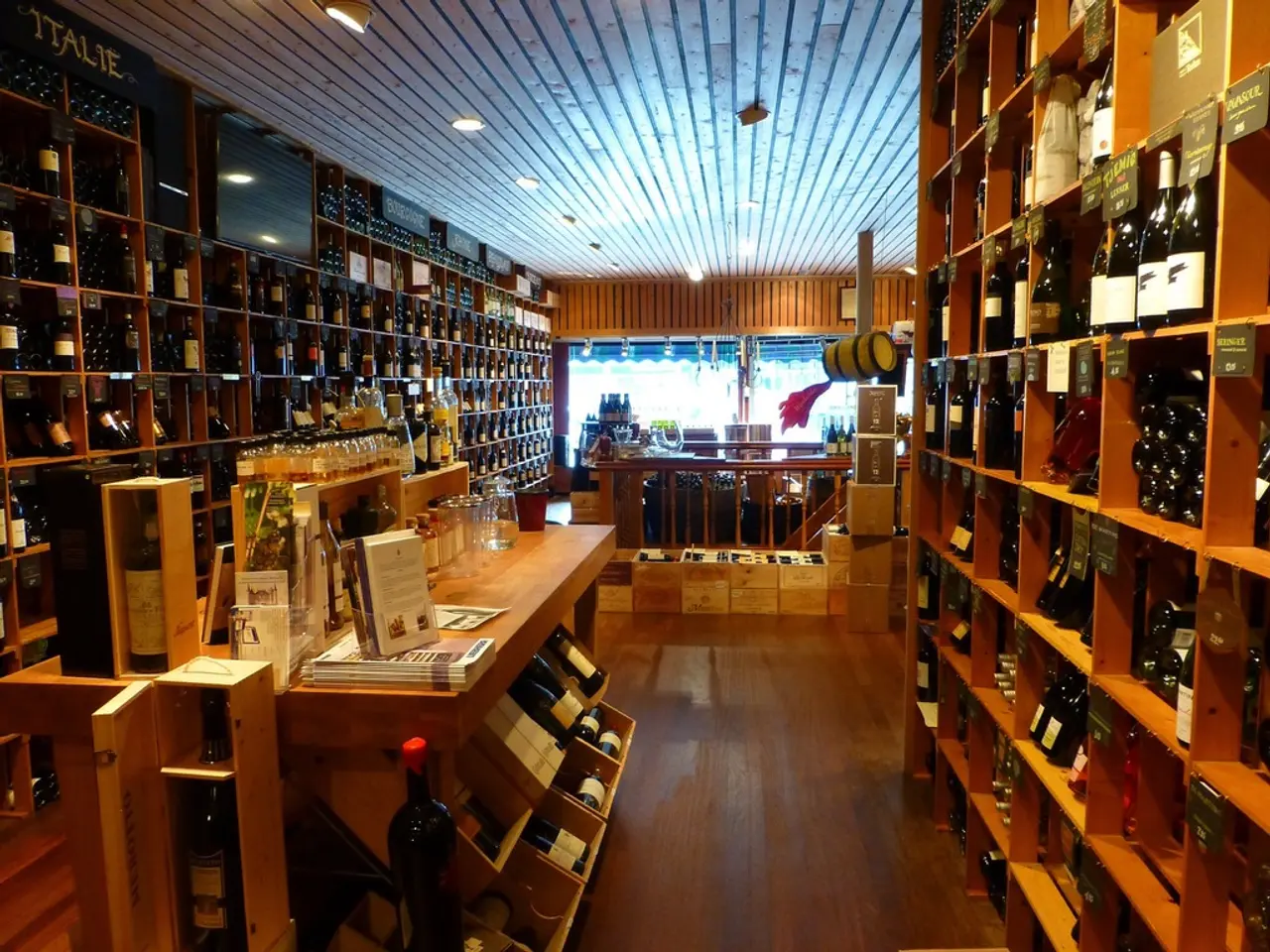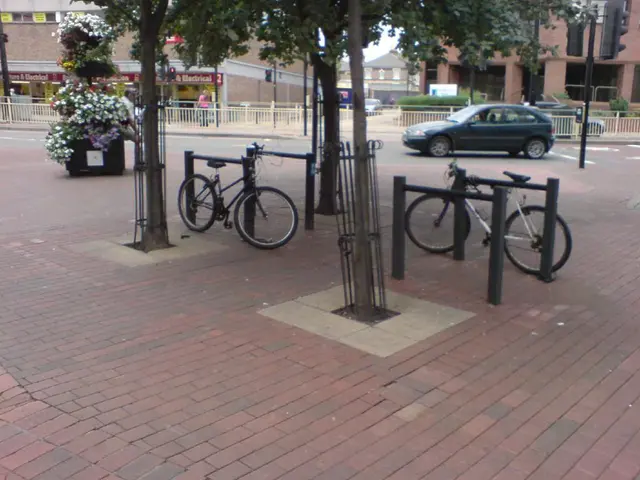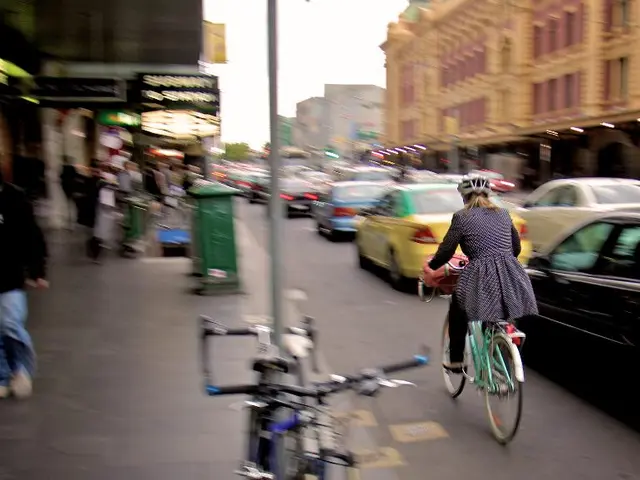Importance in Choosing Multiple-Use Bottles Instead of Single-Use Ones: Pivotal Factors When Purchasing Bottles
In a significant stride towards environmental conservation, a substantial portion of drinks in Germany and Europe are now sold in reusable packaging. This shift, largely due to established deposit return systems (Pfand) and regulatory efforts promoting reuse and recycling, has led to impressive results. For instance, Germany's system for reusable bottles, such as glass or plastic bottles, boasts a beverage packaging collection rate of about 98% for plastic beverage bottles [1].
The European Union's Single-Use Plastics Directive (SUPD) sets clear regulatory pathways to increase recycled content and reuse. By 2024, bottle caps and lids must be attached to bottles, and by 2025, PET bottles must contain at least 25% recycled plastic. By 2030, the recycled content requirement rises to 30% for PET bottles [1].
Germany's well-developed Pfand system encourages the use of reusable bottles, primarily glass and high-quality plastic, which consumers return for a deposit refund. This system reduces waste and promotes circular use, with bottles being cleaned, reused multiple times, and then recycled [1].
To identify reusable packaging for drinks, consumers can look for deposit markings, such as the "Pfand" label or deposit symbol on bottles. Reusable bottles are often made of durable glass or thick plastic designed for multiple uses. Packaging will typically state if it is reusable or refillable, and legal labeling requirements ensure environmental information (including recyclability or reusability) is clearly displayed [1].
However, not all plastic bottles are reusable, despite being subject to a deposit. After being returned, many plastic bottles are melted down instead of being cleaned and refilled. The deposit for a reusable bottle is usually eight or 15 cents, according to the Nature and Biodiversity Conservation Union (NABU) [2].
The environmental impact of reusable drink packaging in Germany is positive due to the reduction in waste and the high recovery rate facilitated by laws and consumer participation in deposit systems. The shift to more sustainable packaging, including increasing recycled content in bottles and expanding reuse models, continues to be a focus for the beverage industry and environmental policies [1].
As of 2022, approximately 33% of drinks are sold in reusable packaging, according to the Federal Environment Agency's report [3]. While exact statistics breaking down the share of drinks precisely in reusable packaging versus single-use were not found, Germany’s system and high return rates indicate that a substantial majority of beverage containers are either reusable or recycled in the circular economy [3].
In terms of climate, it is best if reusable bottles are filled in the region where one lives, according to NABU. Short transport routes are environmentally friendly for reusable bottles. Logos such as "Reusable - For the Environment" or "The Blue Angel - Reusable" may also indicate a bottle is reusable [2].
It is essential to note that the deposit amount can provide clues about the reusability of a bottle, but it is not a reliable indicator on its own. A higher deposit, such as 25 cents, usually indicates single-use bottles, not reusable ones [2].
The shift towards reusable drink packaging in Germany is a commendable step towards reducing waste and promoting sustainability. As more consumers participate in deposit systems and choose reusable packaging, the environmental benefits will continue to grow.
References: [1] European Commission. (2021). Single-Use Plastics Directive. Retrieved from https://ec.europa.eu/environment/circular-economy/resources/single-use-plastics_en [2] NABU. (2021). Reusable packaging. Retrieved from https://www.nabu.de/themen/natur-und-klimaschutz/abfall-und-mull/getraenke-paketierung/getraenke-paketierung-wiederverwertbar/ [3] Federal Environment Agency. (2022). Drinking water packaging waste. Retrieved from https://www.umweltbundesamt.de/themen/abfall-mull/wertstoffe/getraenkeabfall/getraenkeabfall-verpackungen/getraenkeabfall-verpackungen-wiederverwertbar/getraenkeabfall-verpackungen-wiederverwertbar-statistiken/getraenkeabfall-verpackungen-wiederverwertbar-statistiken-2022
The European Union's focus on sustainable living is evident in the Single-Use Plastics Directive (SUPD), which aims to increase the use of reusable packaging for drinks. By 2025, PET bottles in Germany must contain at least 25% recycled plastic, and by 2030, this requirement rises to 30%, promoting a home-and-garden lifestyle that is more eco- friendly. Consumers can easily identify reusable drink packaging by looking for deposit markings on bottles, often made of durable glass or thick plastic, embracing a sustainable-living approach.






